What are the Best Ways to Cook a Steak

If you love steak, not just eating it but cooking it with confidence, this article is for you. From the grill warrior to the kitchen skillet pro, there are several great ways to cook a steak, each delivering a unique texture, flavor and experience. I’ll walk you through the key methods — grilling, pan-searing, reverse sear, sous vide — and show you how you can level up by attending a dedicated steak class: the “Perfect Steak Cooking Class” in San Francisco (link below).
Why Knowing Cooking Methods for Steak Matters
Cooking a steak well isn’t just about picking the expensive cut. It’s about controlling heat, managing timing, choosing texture and achieving your preferred doneness. The method you pick impacts:
- The crust or char on the outside (via Maillard reaction) (Wikipedia)
- How evenly the steak is cooked from edge to edge (Simply Recipes)
- The flavor profile (smoky from grill, butter-rich from pan, tender from sous vide)
- How much rest and finishing the steak needs to maintain juiciness (Southern Living)
By understanding the options, you can pick the method that suits your equipment, time, cut of steak and style.
Method 1: Grilling – The Classic Outdoor Choice

What it involves: Direct high heat over a grill, searing the steak to form a crust, then (for thicker cuts) moving it to a cooler part or finishing indirectly. As noted in one breakdown of steak-cooking methods, grilling is “the classic approach … adds a unique smoky flavor … ideal for thicker cuts.” (Umbria -)
Why you’d pick this method: You want that char, you’re cooking outside, you’ve got space, you’re feeding guests, you like that sear-smoke aroma.
Key tips:
- Preheat grill very hot; clean and oil the grates so steak doesn’t stick.
- For thick cuts, after searing both sides, move to indirect heat to finish cook.
- Use an instant-read thermometer for doneness (e.g., ~130 °F for medium-rare) rather than relying purely on timing.
- Let steak rest a few minutes before slicing to keep juices inside.
Method 2: Pan-Searing (Stovetop or Cast Iron Skillet)
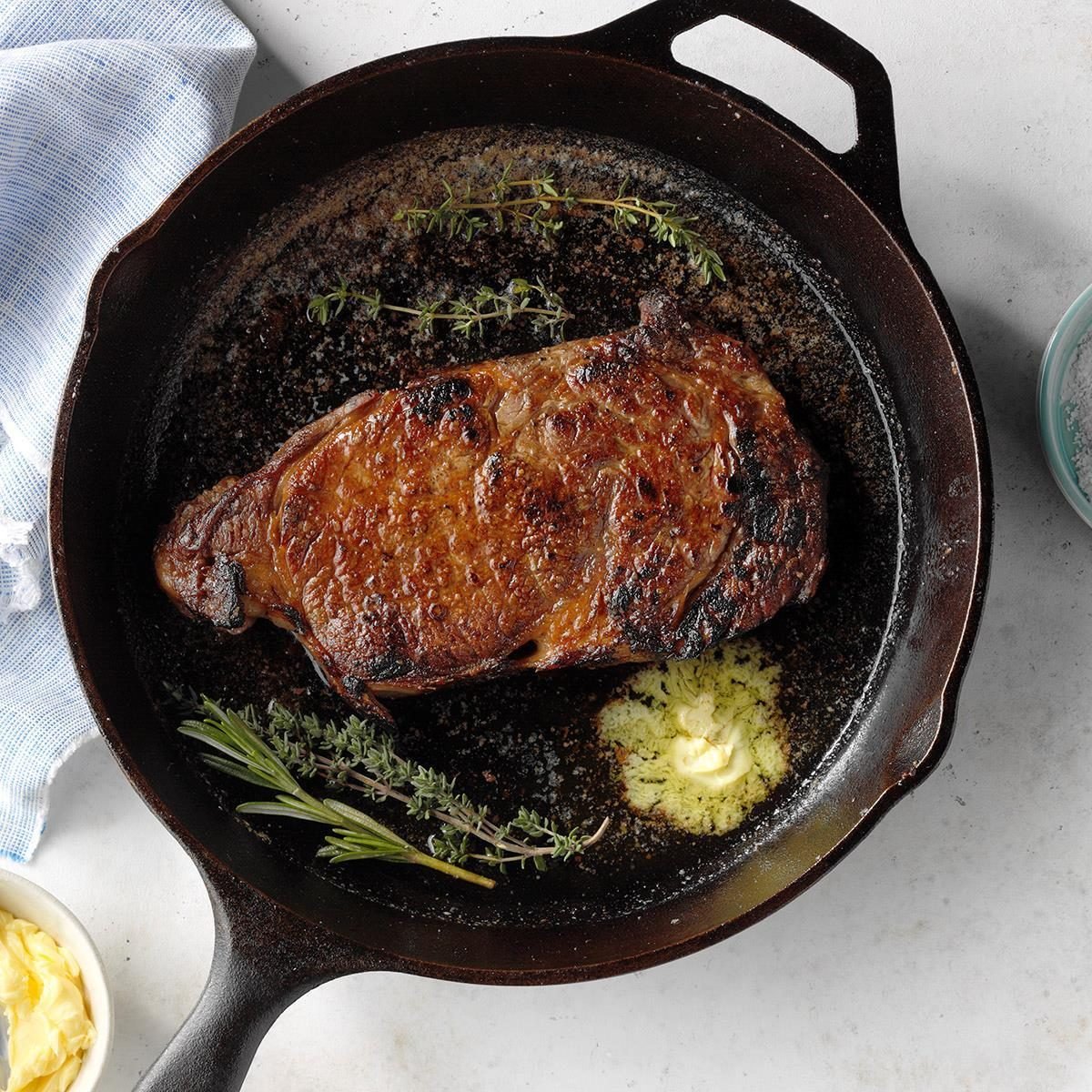
What it involves: A heavy skillet (often cast iron), high heat, minimal movement until a crust forms, and possibly basting with butter, garlic and herbs. As one cooking-guide puts it: “pan seared steak and basted with garlic-thyme butter” is a chef-level technique you can replicate at home. (RecipeTin Eats)
Why you’d pick this method: You’re indoors, you don’t have a grill, you want a rich flavor with butter-herb notes, you’re cooking for one or two.
Key tips:
- Let steak come to room temp for 20–30 min before cooking.
- Pat dry, season well with salt & pepper.
- Get skillet screaming hot, add a high-smoke‐point oil (like canola).
- After sear both sides, add butter+garlic+thyme and tilt skillet to baste.
- Finish to desired internal temperature, then rest. (Nicky's Kitchen Sanctuary)
Method 3: Reverse Sear – Precision + Control

What it involves: Cooking the steak first at a low, controlled temperature (often in the oven) until it is just under the target internal temp, then searing it at high heat (on a skillet or grill) at the end. According to one chef-interview article:
“The reverse sear method guarantees a perfectly cooked steak every time.” (Simply Recipes)
Another guide breaks it down: cook in 200 °F oven until ~115 °F internal, then sear in hot skillet for ~45 sec each side to reach ~130 °F. (Food52)
Why you’d pick this method: You have a thick steak (1.5–2 inches+), you want a wall-to-wall even doneness, you want to avoid that grey band around the edge.
Key tips:
- Use a rack in the oven so heat circulates evenly.
- Monitor internal temperature carefully.
- After the low-temp phase, remove and immediately sear on high heat to create crust.
- Rest briefly before slicing.
Method 4: Sous Vide – Precision Tech for Steak Lovers
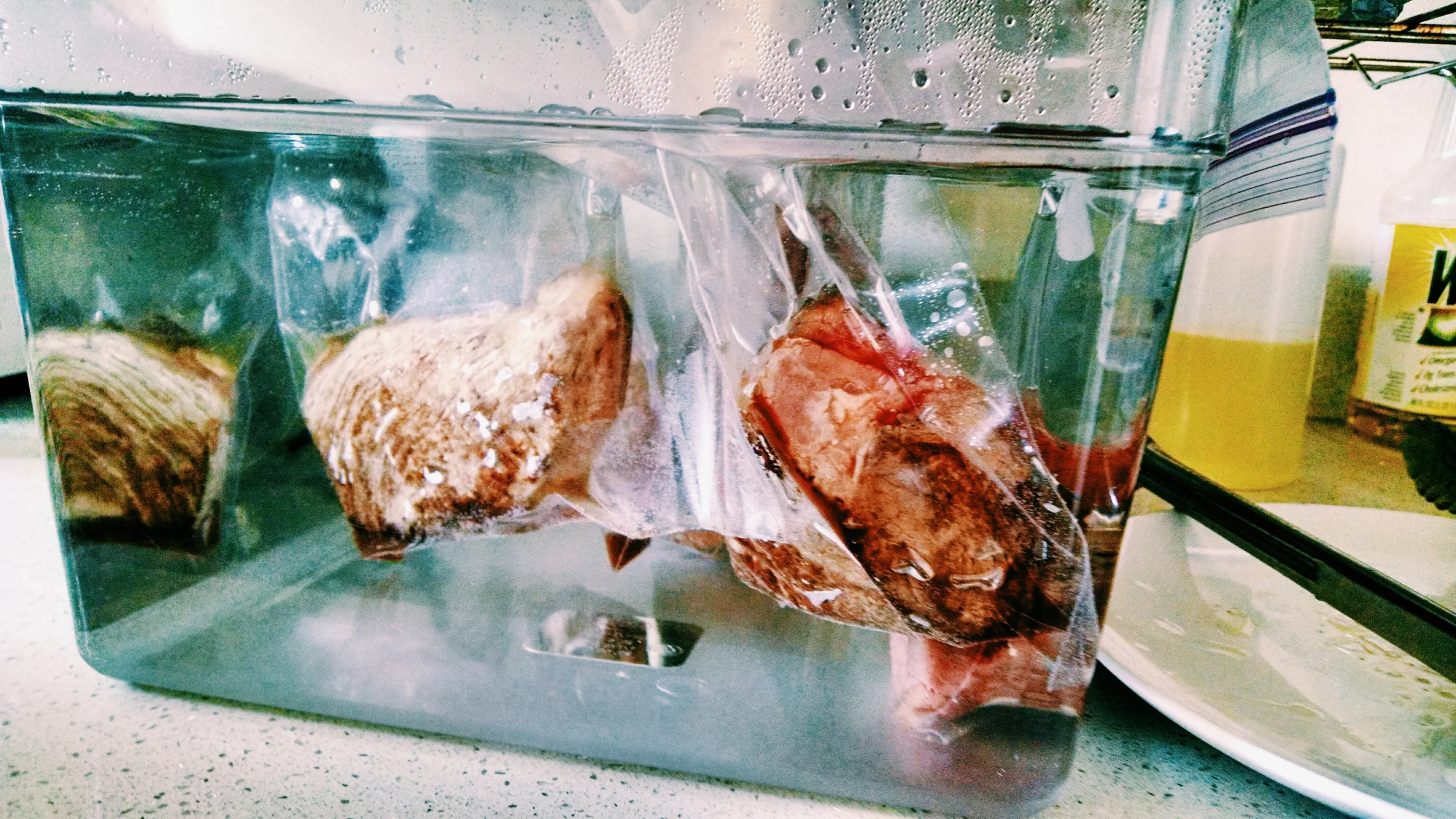
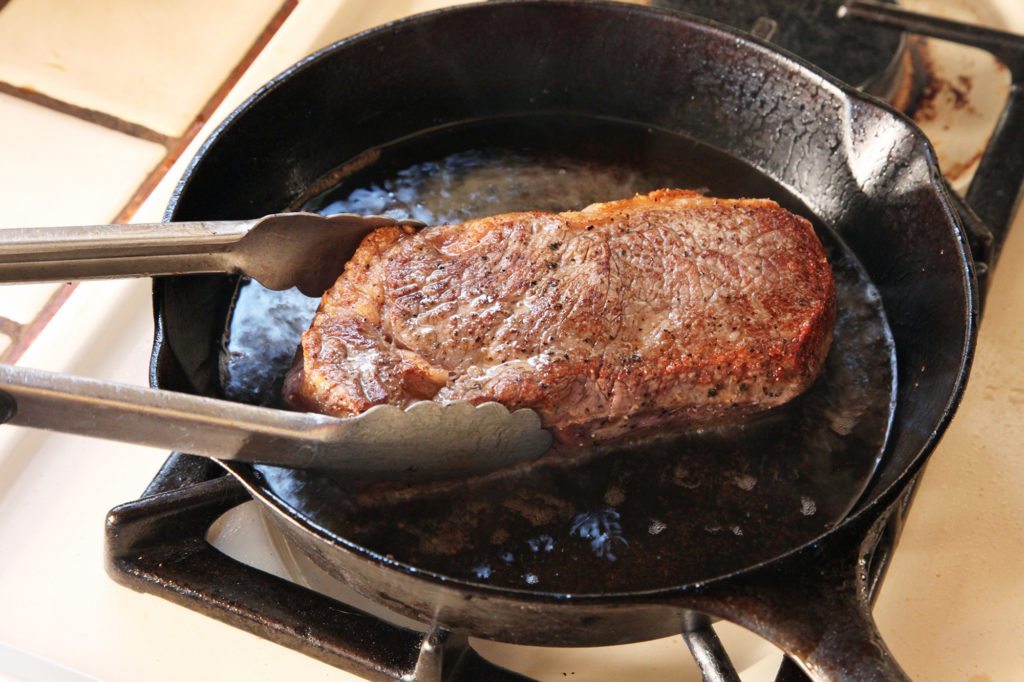

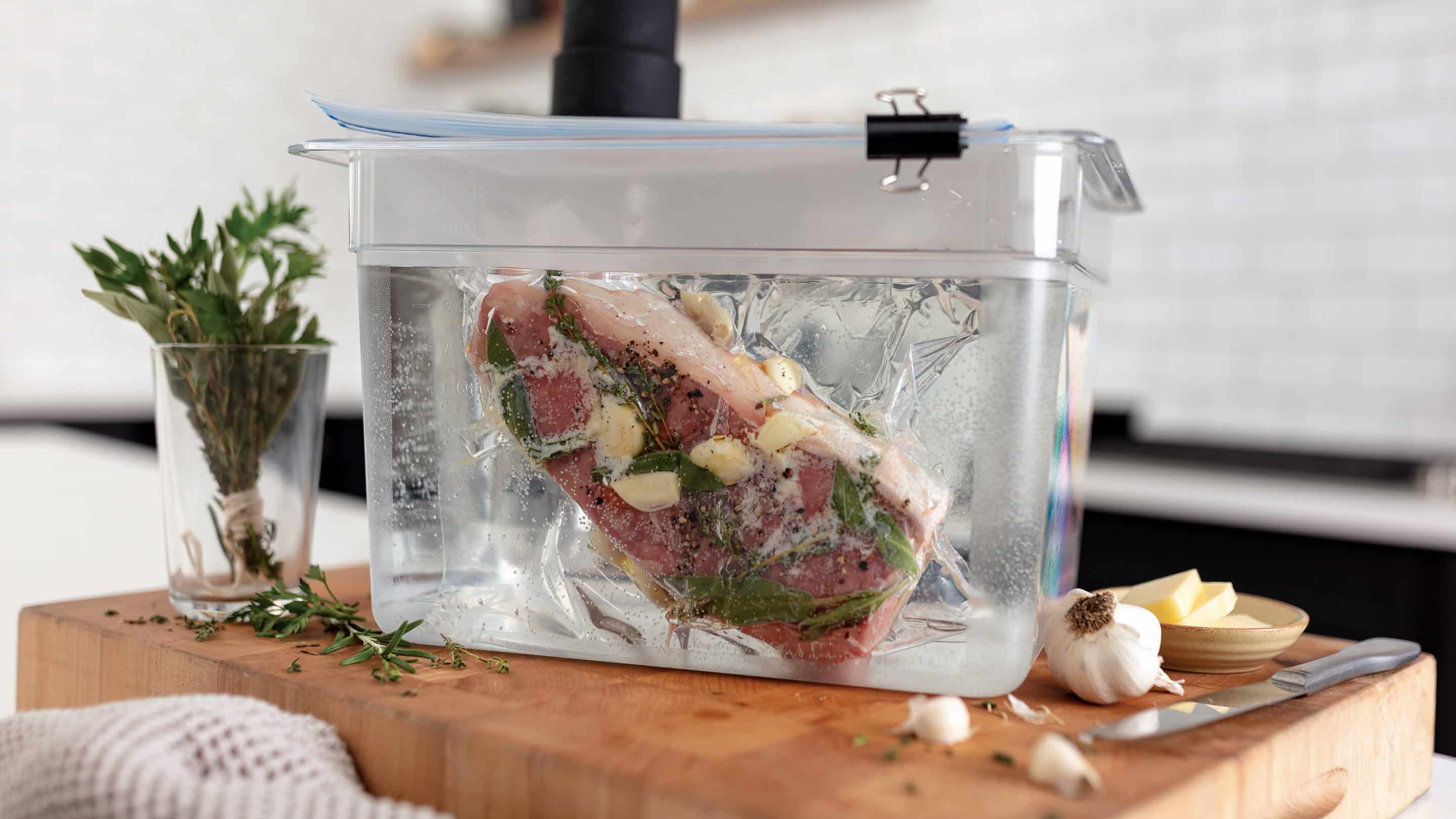
What it involves: Vacuum-sealing the steak (or using a zip-lock), cooking it in a water bath at a precisely controlled low temperature until it reaches the desired internal doneness, then finishing with a quick high-heat sear. One source explains how sous vide ensures even cooking throughout, avoiding the typical problem of overcooked edges. (Allrecipes)
Why you’d pick this method: You’ve got the gear (immersion circulator), you host dinner and want to hold the steak at perfect ready-to-serve temperature, you’re cooking a premium cut, you want ‘restaurant quality’ at home.
Key tips:
- Set temperature to final internal target (e.g., 129–130 °F for medium-rare).
- After the bath, quickly pat steak dry and sear on high heat (skillet or grill) to form a crust.
- Finish with rest, then slice.
Other Considerations & Universal Tips
- Choose the right cut and thickness. Thicker steaks handle these methods better, giving you more control. (Nicky's Kitchen Sanctuary)
- Seasoning matters. Even simple salt + pepper does wonders when the method is sound.
- Resting is critical. Let steak sit for a few minutes after cooking. It allows juices to settle and returns a juicier result. (Southern Living)
- Internal temperature matters more than time. Use a thermometer or develop touch skills.
- Crust formation (Maillard reaction) adds flavor. The crust is where the flavor intensifies. (Wikipedia)
Introducing the Class: San Francisco’s Perfect Steak Cooking Experience
If you’re ready to take your steak-cooking game up a notch, consider joining the “Perfect Steak Cooking Class in San Francisco”.
Here’s the link to reserve: Perfect Steak Cooking Class ⇒ San Francisco
This class is ideal for:
- Anyone who wants to learn steak technique, not just follow a recipe
- Couples or friends looking for a cooking-together experience
- Corporate teams or groups who want a fun, hands-on culinary activity
- Home cooks who want to bring restaurant-level steak back to their own kitchen
During the class you’ll likely cover: selecting the right cut, seasoning, choosing the method (grill, pan, reverse sear, maybe even sous vide), how to achieve the perfect doneness, how to rest and serve.
If you’ve been cooking steaks by feel or guesswork so far, this class will inject precision and confidence.
Which Method Should You Try First?
Here’s a quick decision-guide:
- If you’re grilling outdoors and want the char & smoke → go Grilling
- If you’re indoors, have a good skillet and want rich flavor → try Pan-Searing
- If you have a thick steak and want flawless doneness → pick Reverse Sear
- If you’re tech-friendly, geared up and want elevated precision → choose Sous Vide
And if you want to skip the stress and just get it right, join that steak cooking class in San Francisco.
Cooking a steak well isn’t rocket science, but it does require intention: the right temperature, the right crust, the right rest. When you pick the method that fits your steak, your equipment and your time, you’ll consistently cook better. And after you learn and practice, you’ll move from “some steak” to “seriously good steak”.
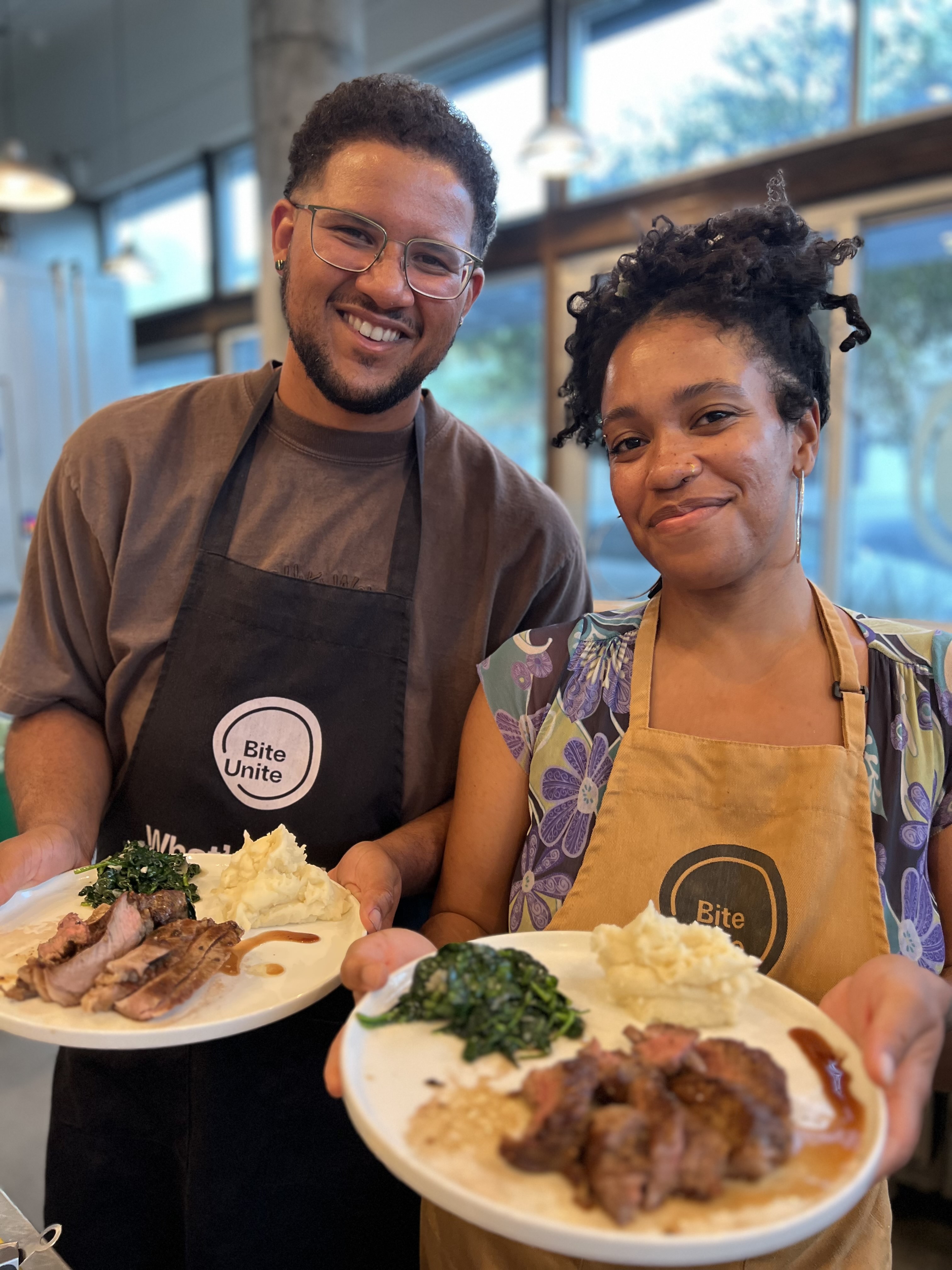
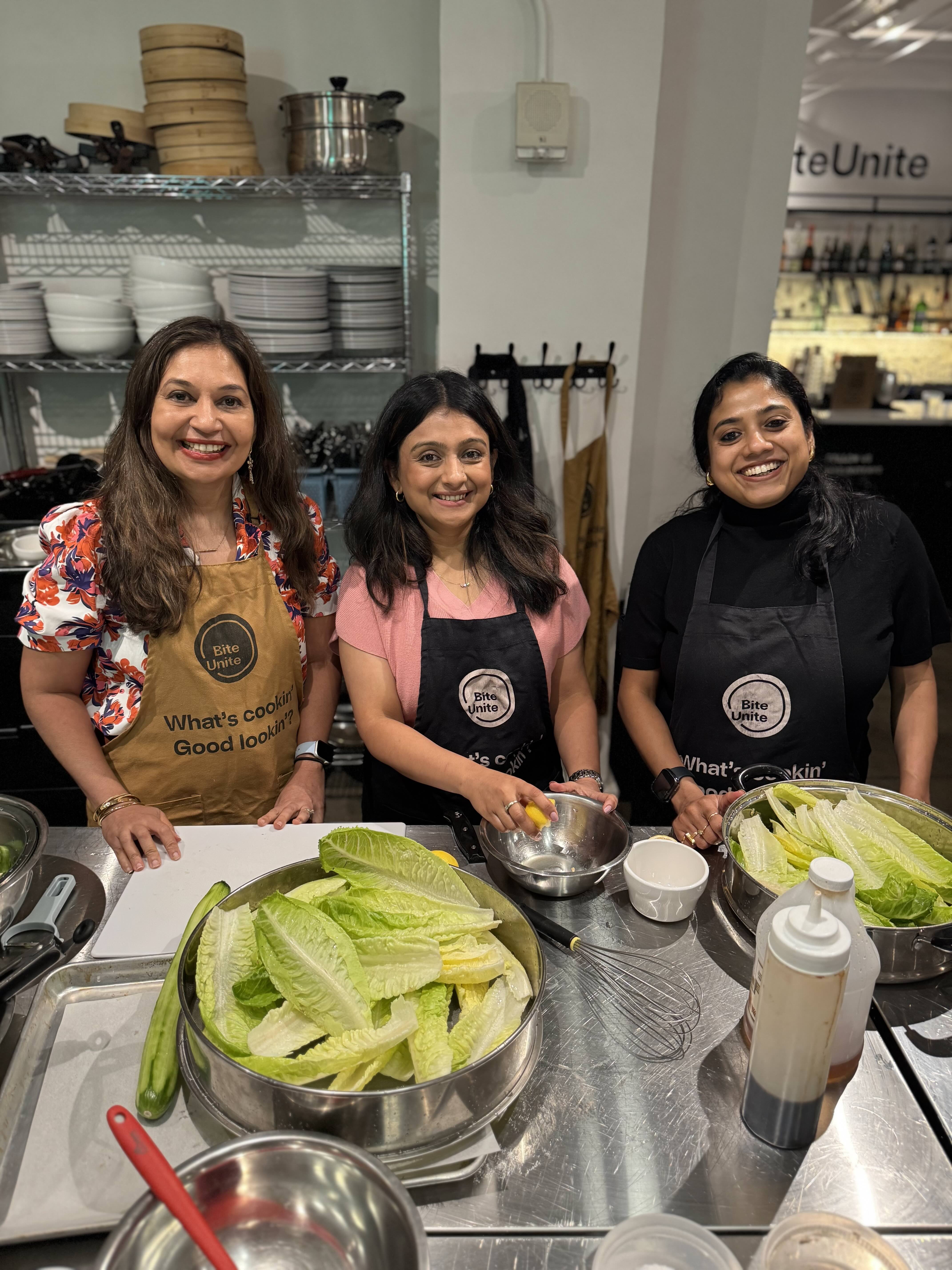
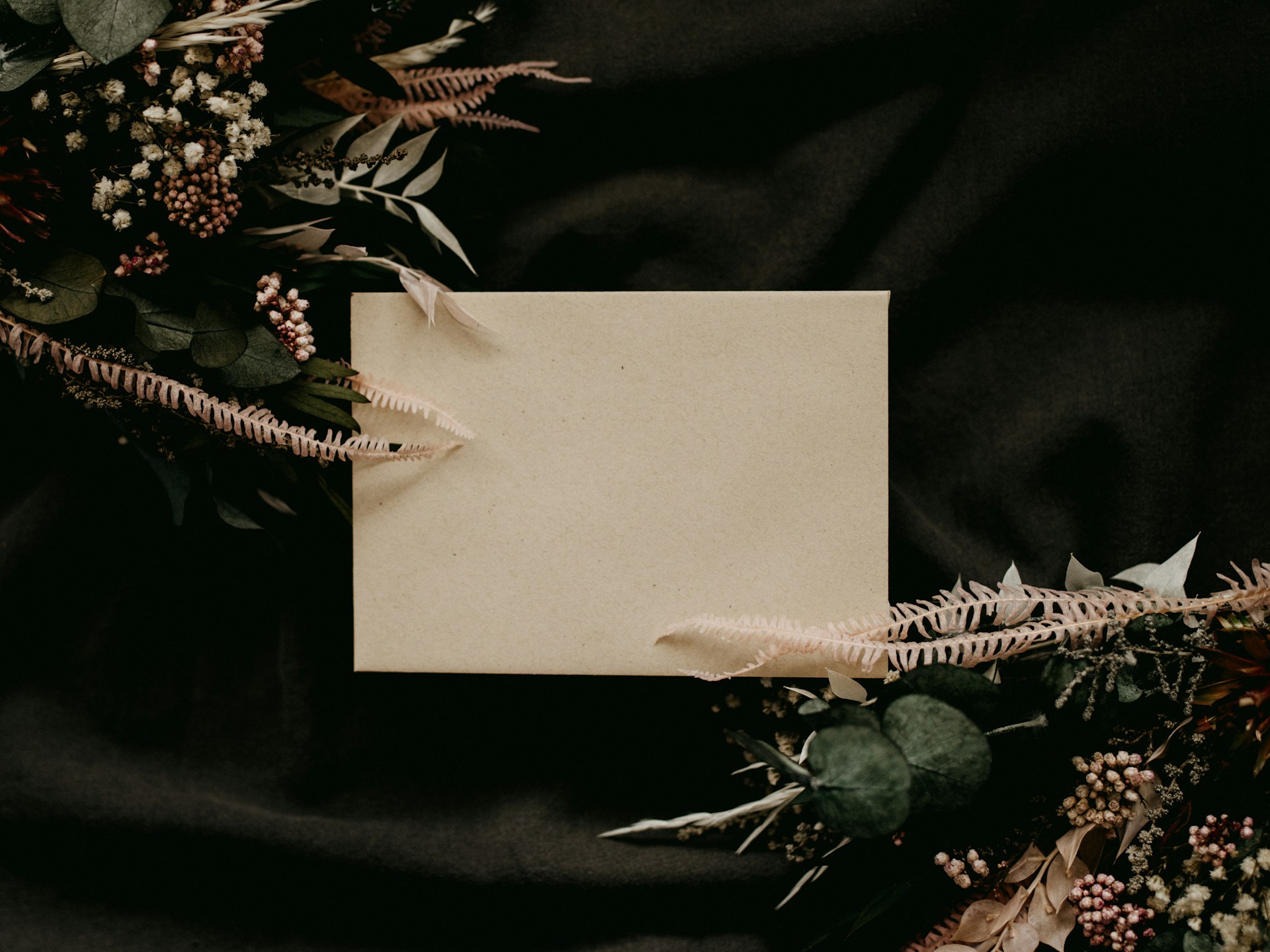


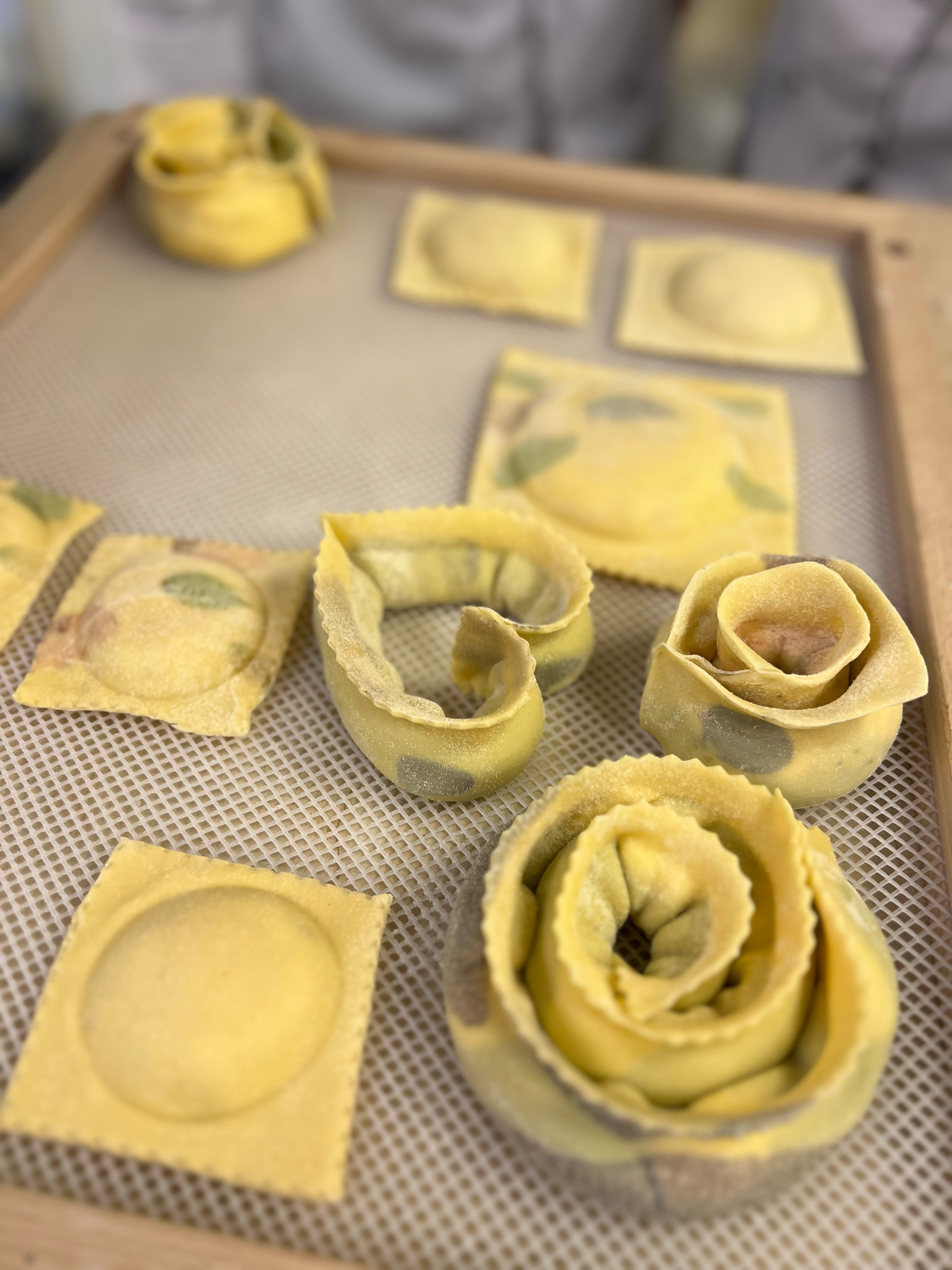





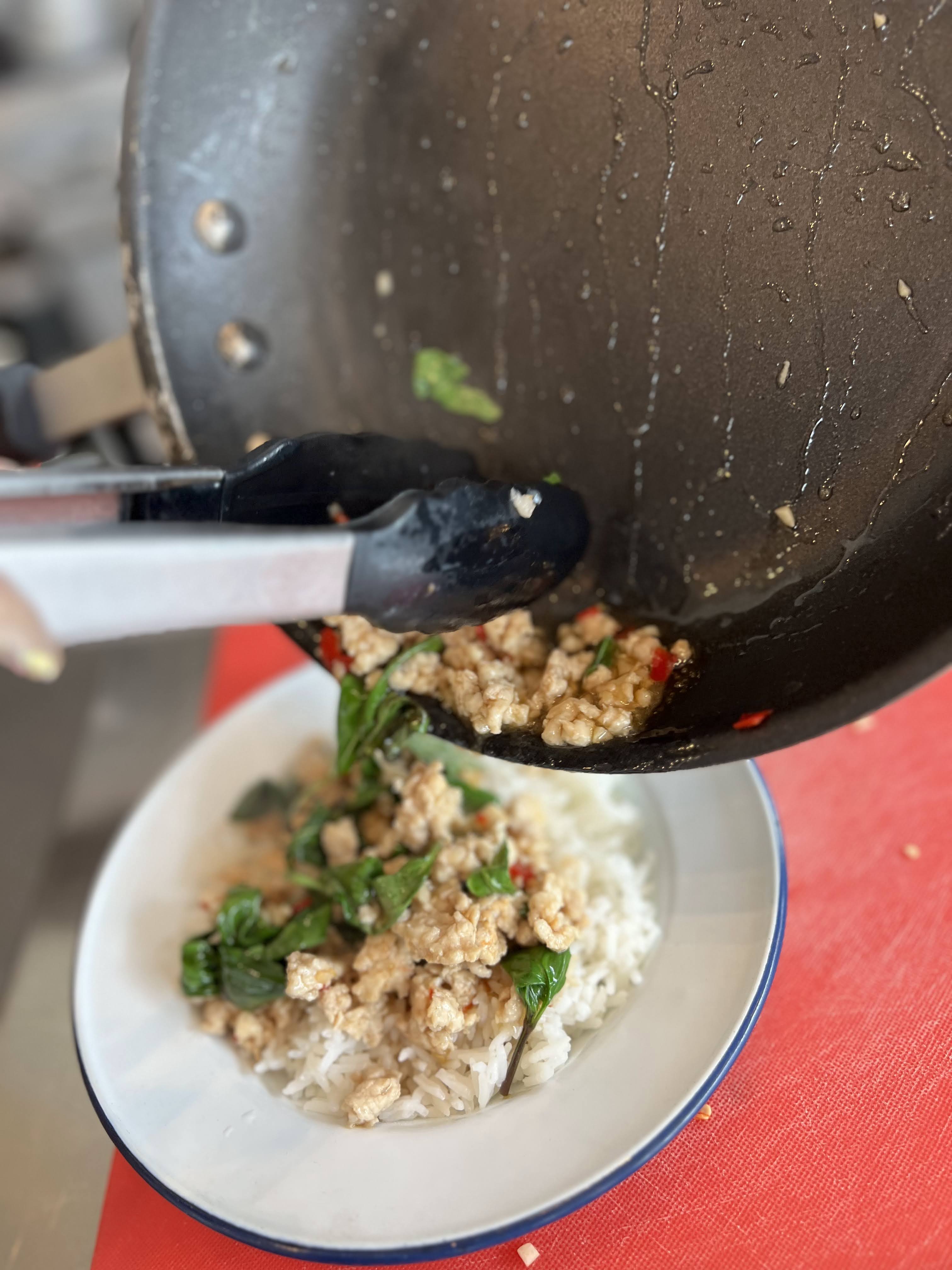
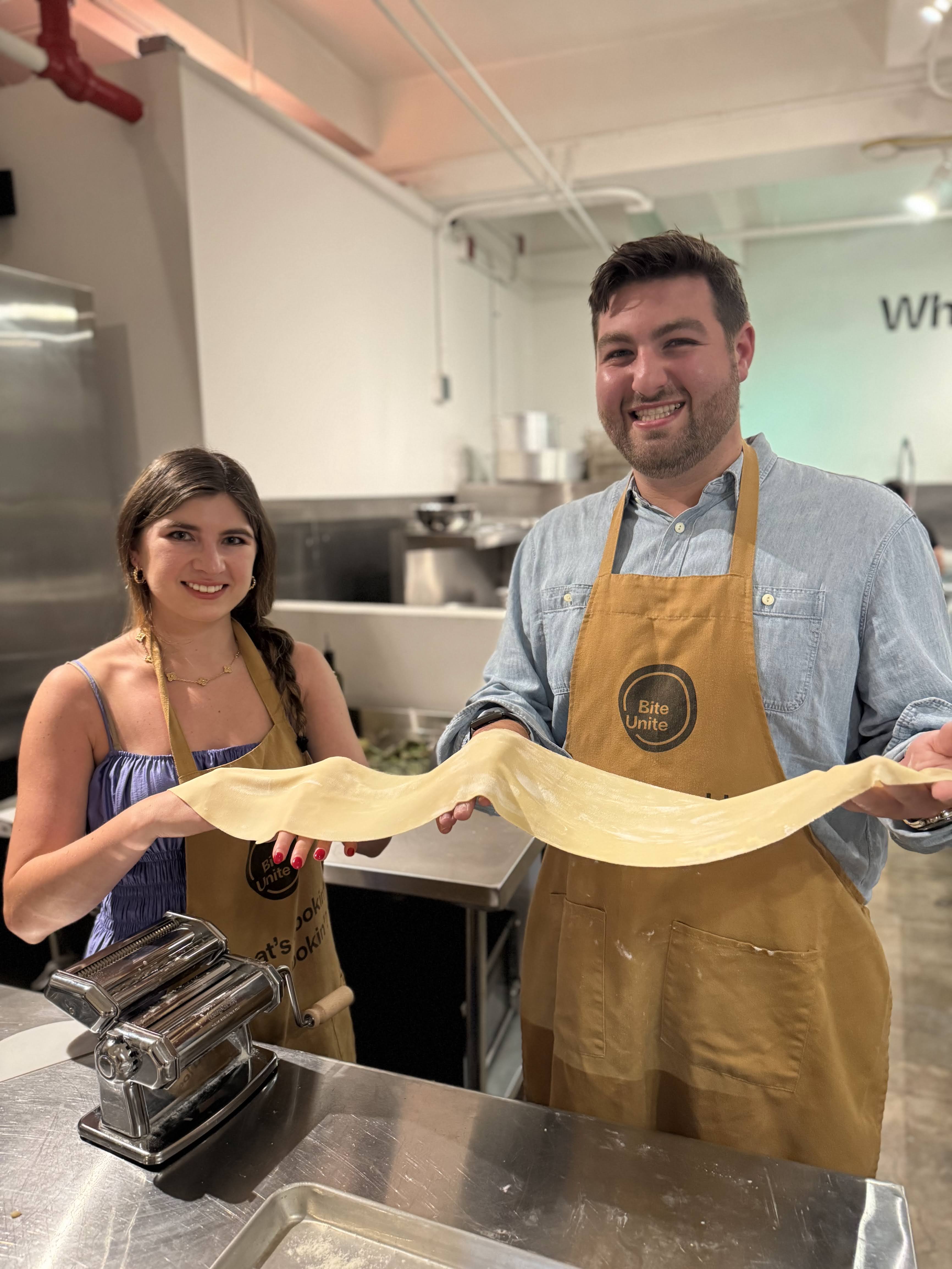
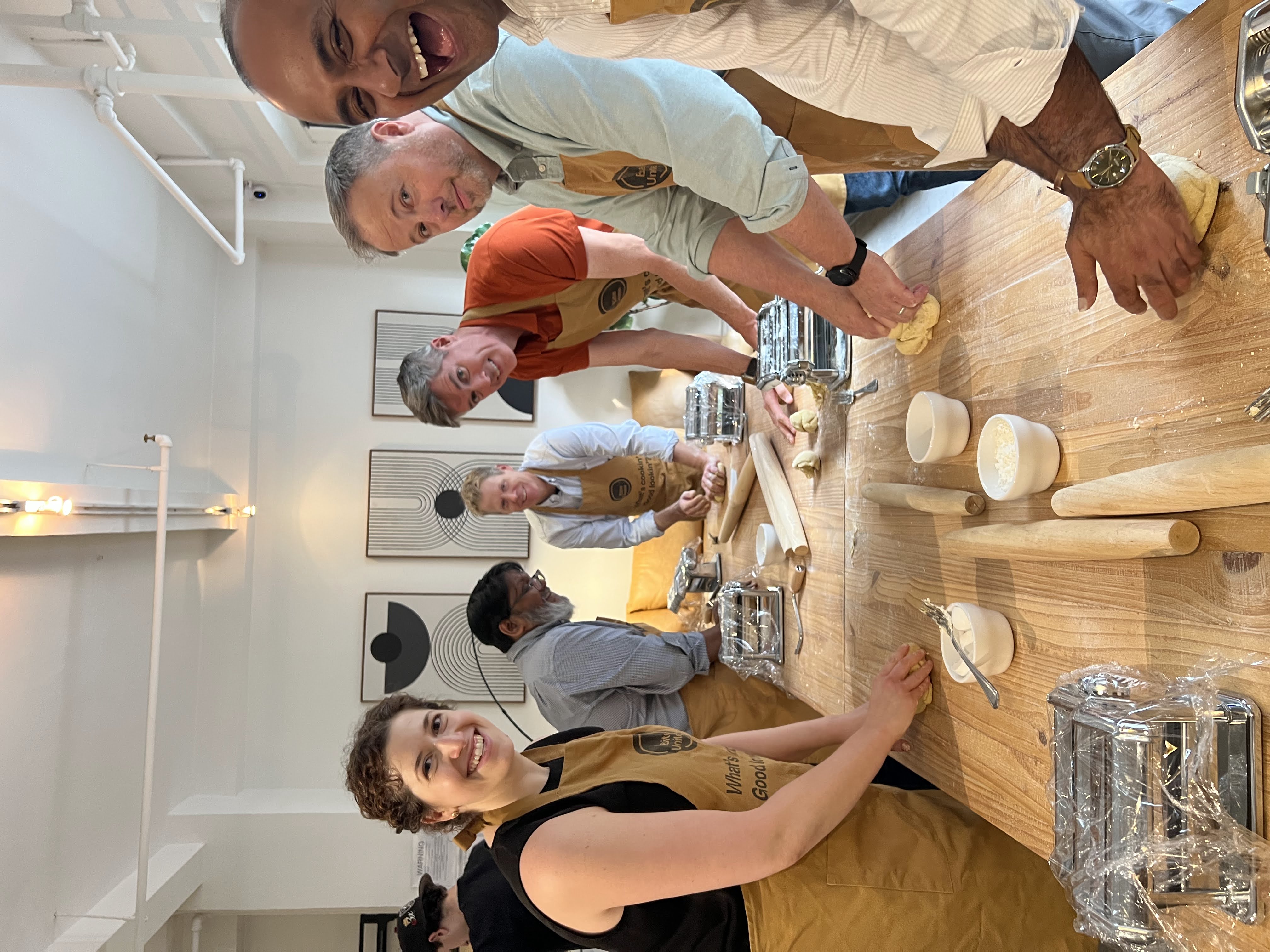


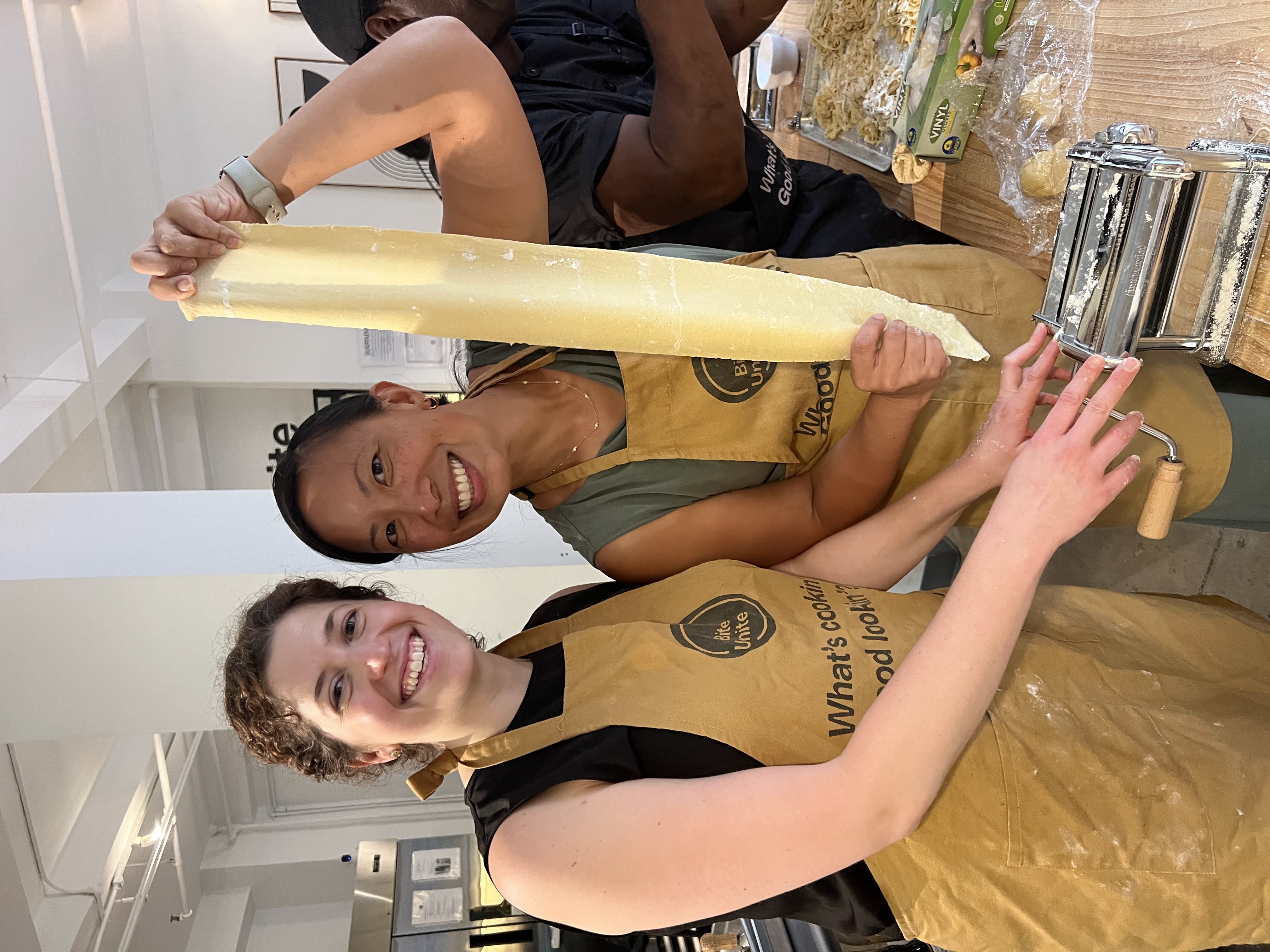
.jpg)
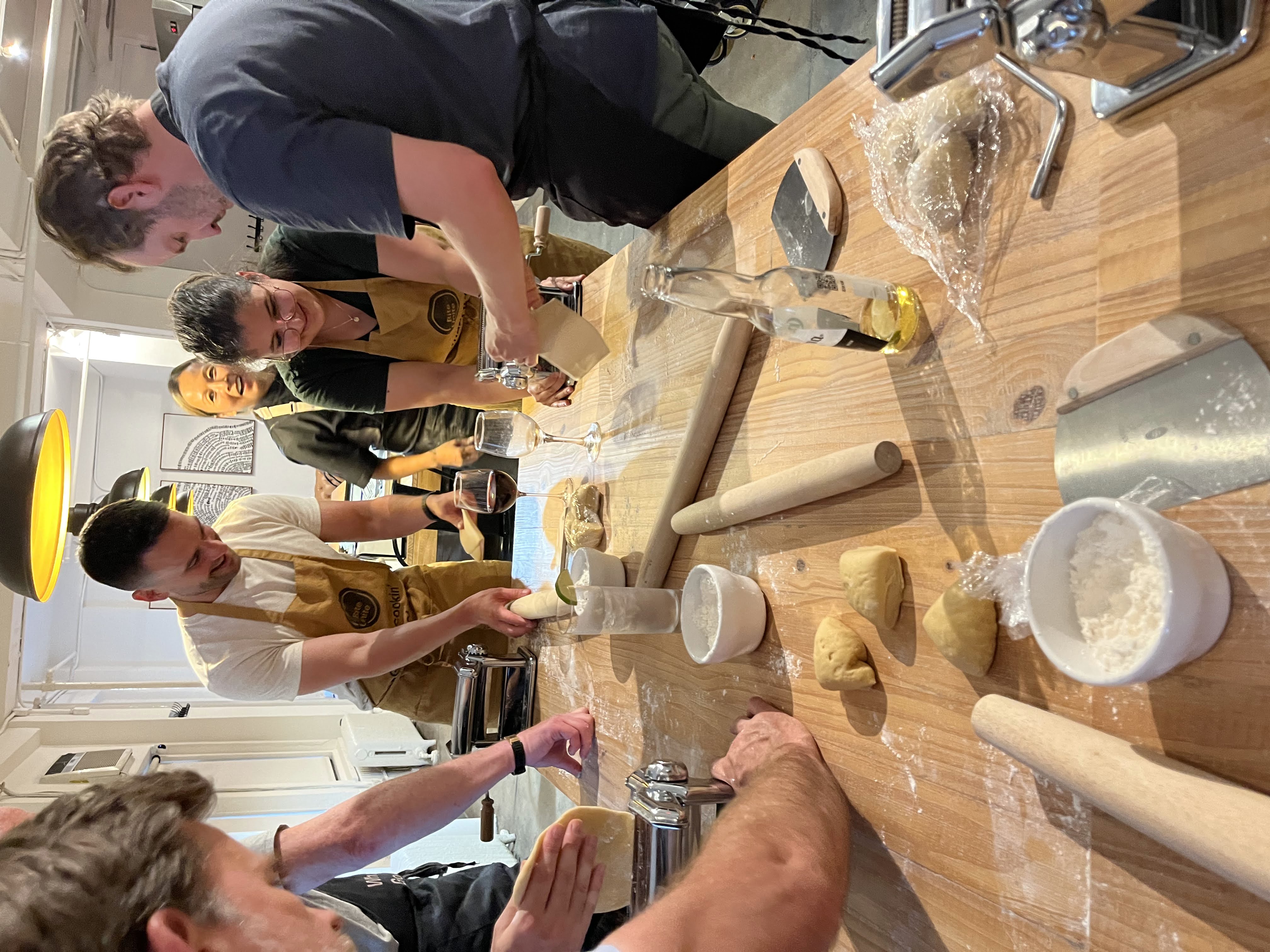
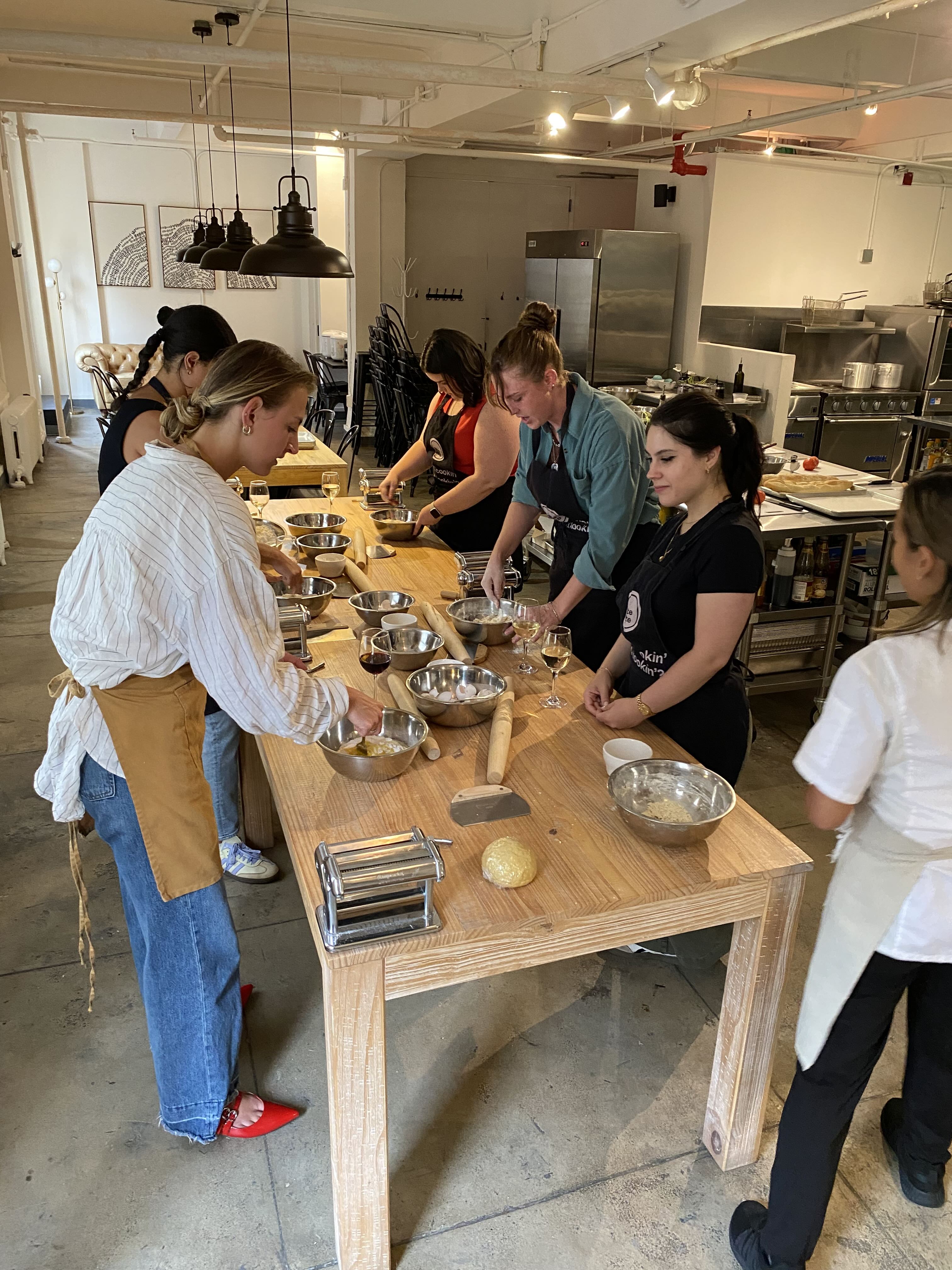
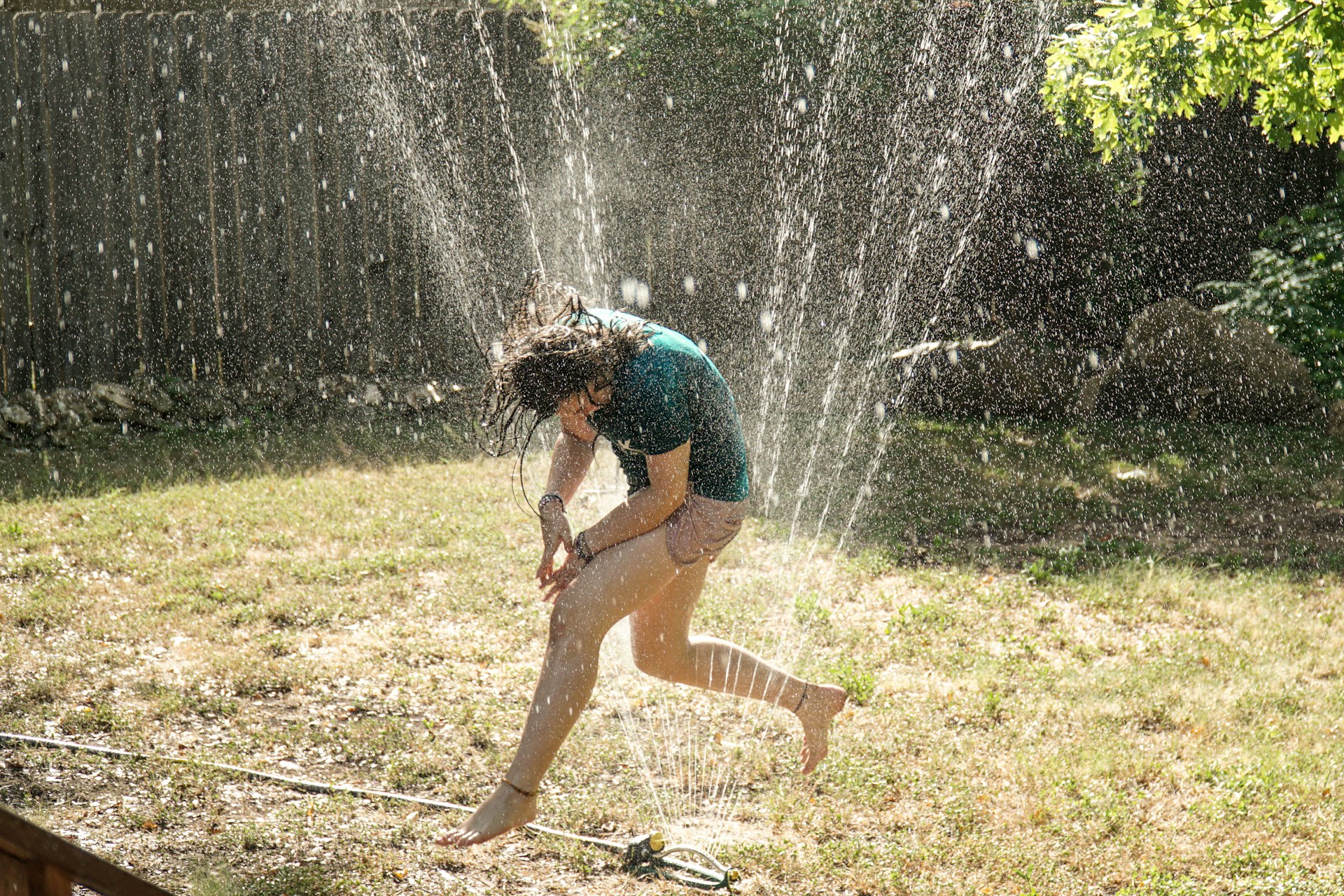


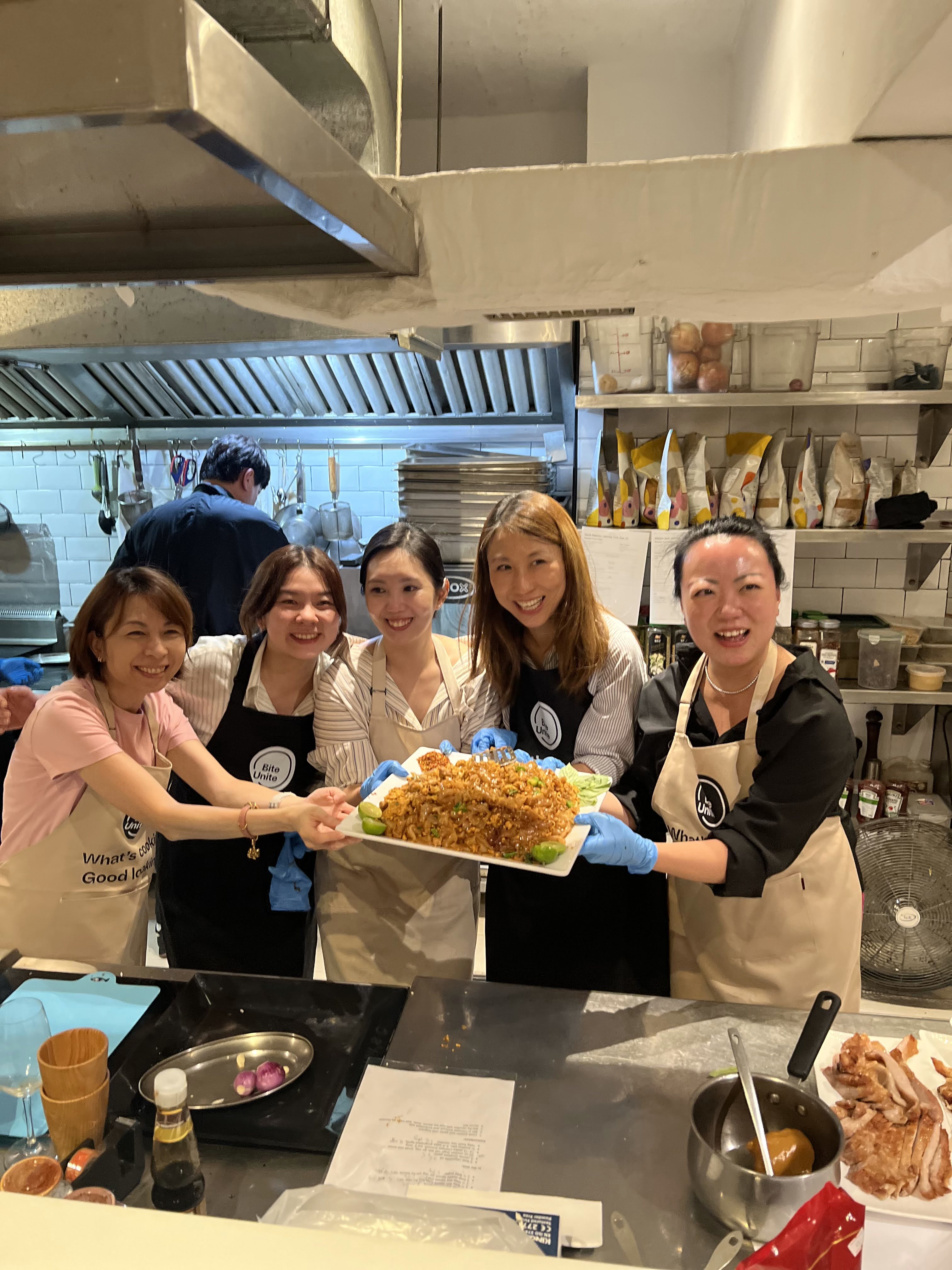
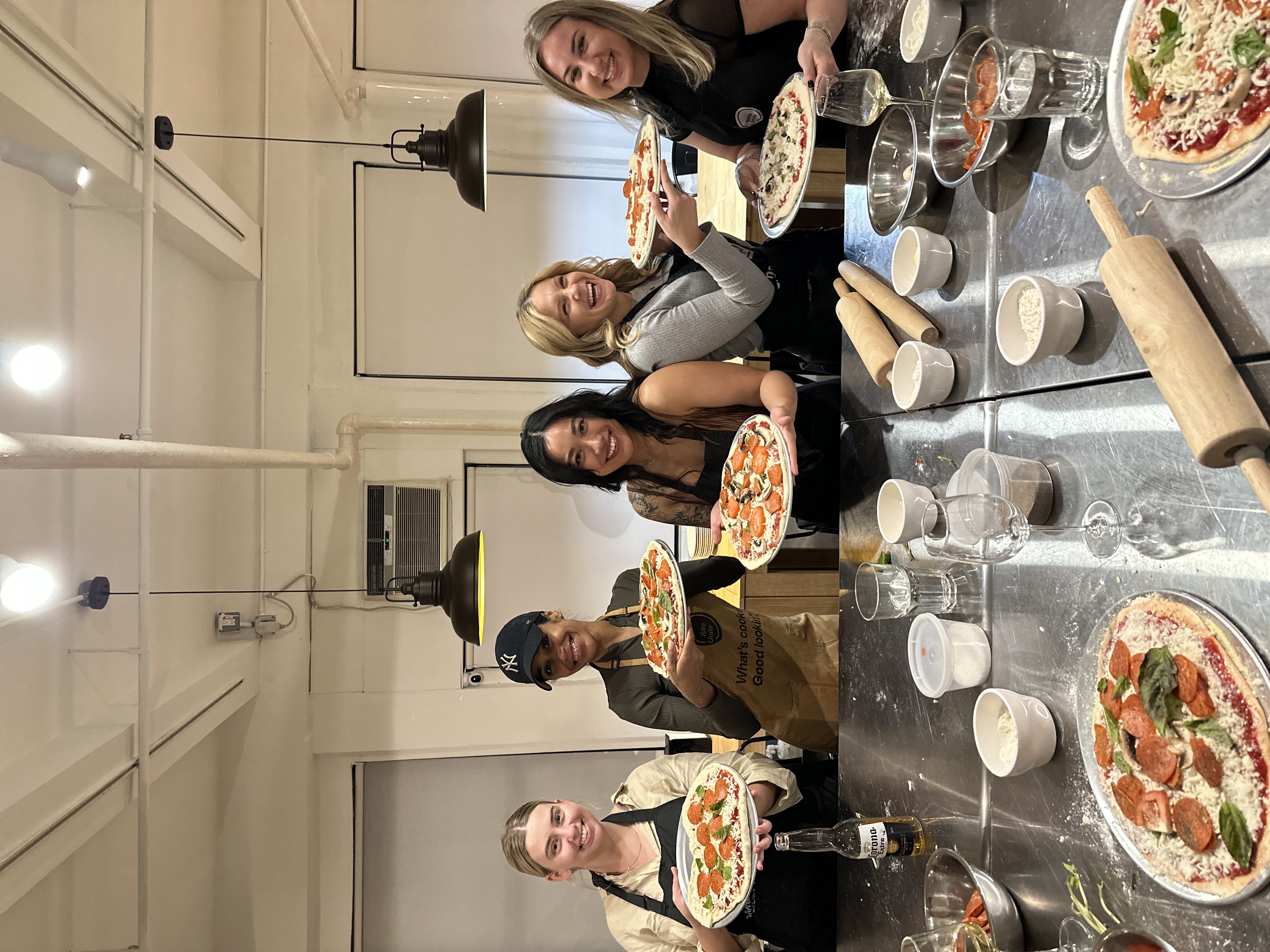

.jpg)


.JPG)

.jpg)















.webp)




























